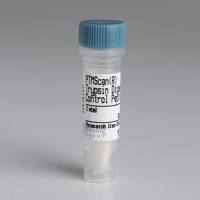Selective Neural Induction from ES Cells by Stromal Cell-Derived Inducing Activity and Its Potential Therapeutic Application in Parkinson's Diseas
互联网
互联网
相关产品推荐

Hemagglutinin/HA重组蛋白|Recombinant H1N1 (A/California/04/2009) HA-specific B cell probe (His Tag)
¥2570

Parkinson's Research Antibody Sampler Kit
¥500

JC-1,47729-63-5,A cationic, fluorescent, carbocyanine dye that can be used as a ratiometric indicator of mitochondrial potential δΨm in cells, tissues, and isolated mitochondria.,阿拉丁
¥3987.90

///蛋白Recombinant Loligo pealeii Voltage-dependent anion-selective channel protein重组蛋白VDAC;Outer mitochondrial membrane protein porin蛋白
¥2328

Alkaline Phosphatase Recombinant,9001-78-9,重组, solution (high-activity),阿拉丁
¥11813.90
相关问答

